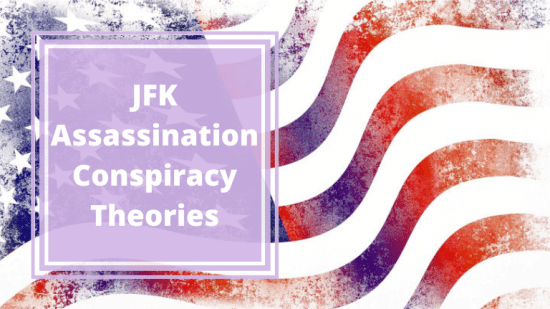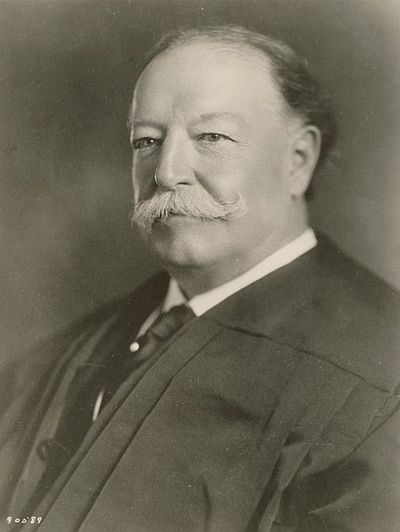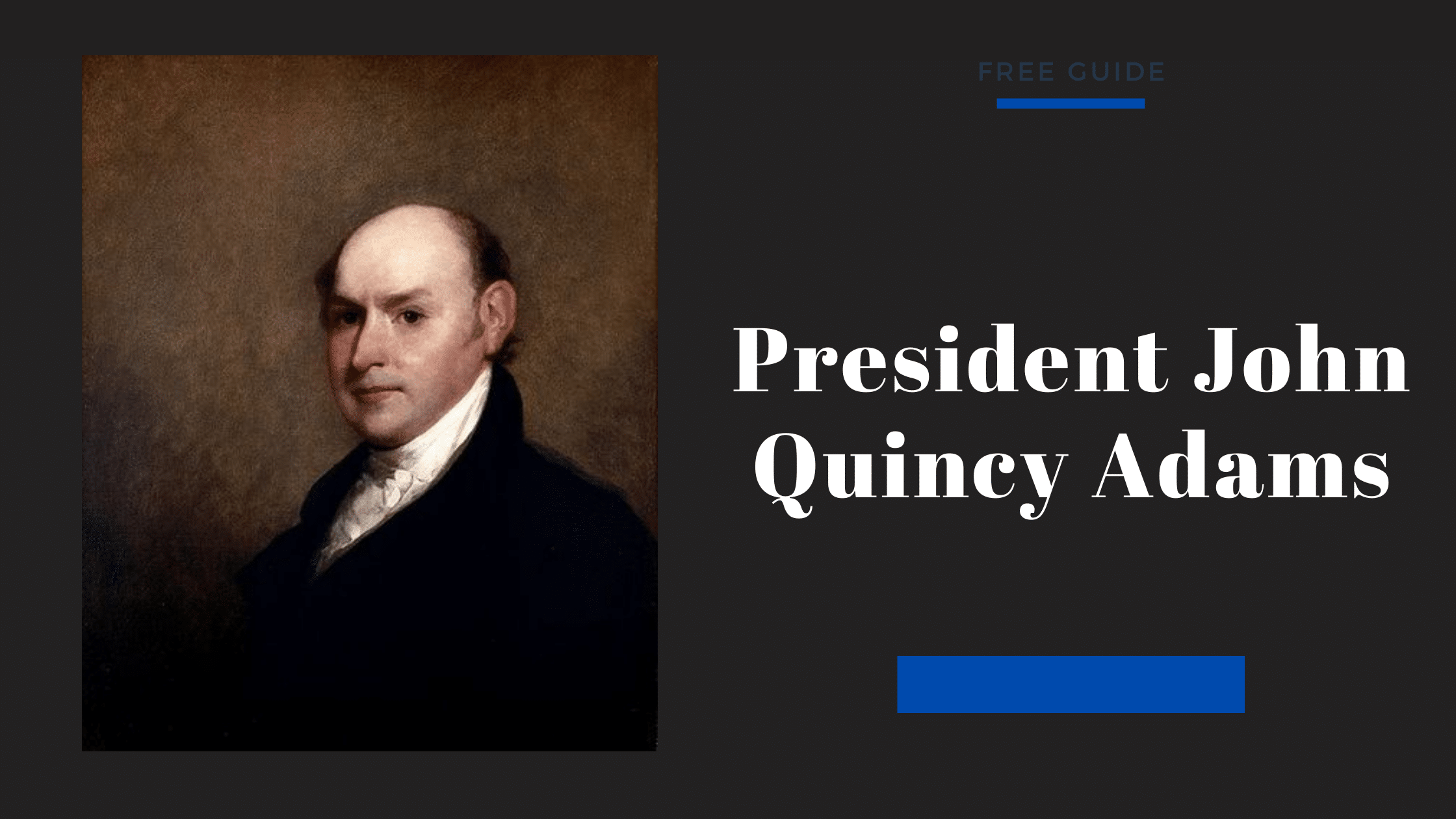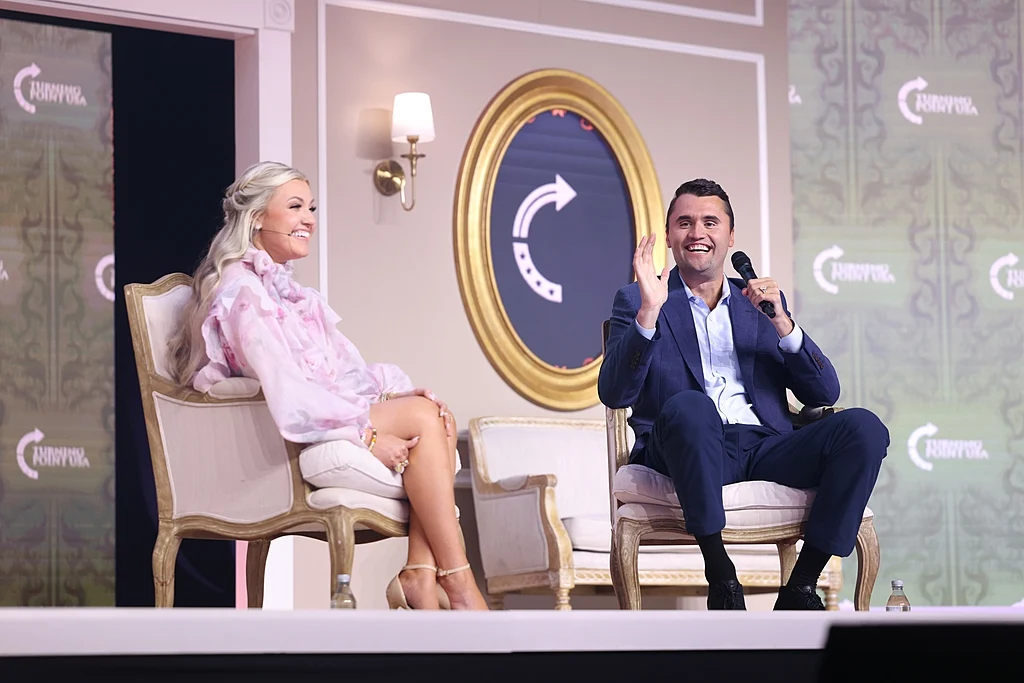Table of Contents
ToggleWhy was JFK killed?
On November 22, 1963, President John F. Kennedy was assassinated as he was traveling in a presidential motorcade through Dallas, Texas. Shot in the head and neck, Kennedy was taken to Parkland Hospital and pronounced dead at 1 pm CST. About an hour after Kennedy’s death, Lee Harvey Oswald was arrested after his description was provided over the radio and formally arraigned the next day.
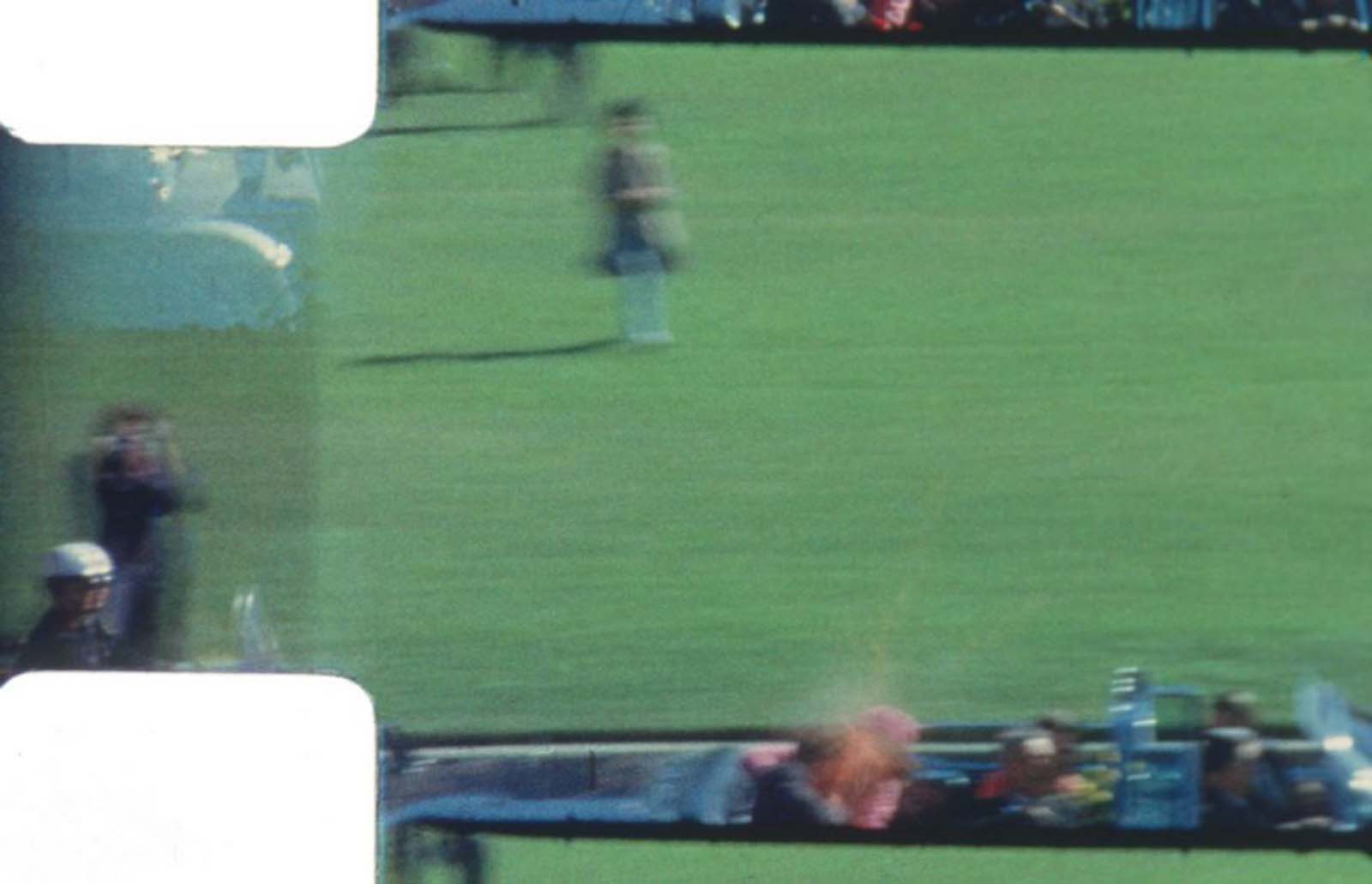
Although many governmental and news organizations concluded that Oswald had acted alone, several conspiracy theories arose in conjunction with the assassination. The presence of many unexplained suspicious details that contradicted the claims of governmental agencies led many to believe the truth about the assassination was being kept from the public. Also, several different entities and individuals emerged who either directly benefited from Kennedy’s death or had a reason to target Kennedy, further intensifying the public’s belief in a conspiracy.
Let’s look at why JFK was shot and ultimately why he was killed.
Suspicious Factor #1 – Mysterious Deaths of Key Individuals
One of the reasons that Kennedy’s assassination is viewed as a government-sanctioned conspiracy is because of the mysterious deaths of many key individuals associated with the event. Some individuals were witnesses to the event itself, others connected with the Warren Commission investigation, and a few were involved in the Jack Ruby murder trial. At least 10 of these individuals are commonly identified as dying unexplained deaths within three years of the event, with other sources reporting even more.
Dorothy Kilgallen
Perhaps the most famous person to die was Dorothy Kilgallen, an American journalist and gameshow panelist who voiced her doubts about the conclusions of the Warren Commission. Kilgallen began to do more research on her own to find out additional information about the crime, but before she could complete her work, she was found dead in her home. Although her death was initially categorized as resulting from a combination of alcohol and barbiturates, the medical examiner ultimately ruled her cause of death as undetermined.
William Whaley
William Whaley, the taxi driver who drove Oswald from the crime scene, was killed in a car crash when another taxi driver crashed into his cab. Adding intrigue to Whaley’s death was that he was reportedly the first cab crash fatality in Dallas in nearly 30 years.
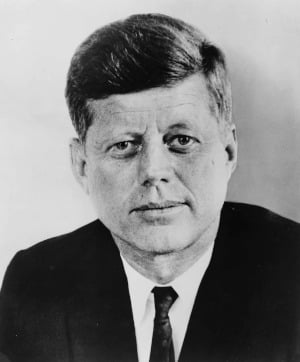
Jim Koethe and Bill Hunter
Other mysterious deaths included Jim Koethe and Bill Hunter in 1964, two reporters who were allowed to go into Jack Ruby’s apartment the night after Ruby shot Oswald. Koethe was killed from a blow to the neck in his apartment by an intruder. Hunter died from a gunshot wound by a policeman in what was determined to be an accident.
Tom Howard
Tom Howard, one of Jack Ruby’s lawyers who accompanied Koethe and Hunter to Jack Ruby’s apartment, died in 1965 of a heart attack after behaving abnormally. No autopsy was performed on Howard to see if foul play had occurred or to determine another cause of death.
Lee Bowers
Lee Bowers was one of the most important witnesses to the Kennedy assassination, operating the Union Terminal Company’s interlocking railway tower. He provided vital testimony to counsel for the Warren Commission, most notably testifying that there was activity on the grassy knoll at the time of the shooting, but couldn’t identify what it was. Bowers died in a car accident in 1966 when his car randomly left an unoccupied road and hit a bridge abutment.
Suspicious Factor #2 – Ineptitude of the Warren Commission
The President’s Commission on the Assassination of President Kennedy, commonly referred to as the Warren Commission, was appointed by Lyndon Johnson to investigate Kennedy’s assassination. The Warren Commission, named after Chief Justice Earl Warren, who served as the commission’s chairman, was tasked with reviewing evidence and interviewing witnesses to the crime. However, this group of individuals, including future President Gerald Ford, sparked significant controversy during their investigation, leading many to view their work as a political cover-up.
Grassy Knoll Shooter
One of the most egregious oversights by the Warren Commission was their decision to ignore the testimony of seven different witnesses who reported that they saw smoke by the infamous grassy knoll. The grassy knoll overlooked the assassination site, and the presence of smoke and another witness’s report of a gunpowder smell strongly indicated the presence of another shooter. Additional testimony from other witnesses on the triple underpass that pointed to the presence of a grassy knoll shooter was also ignored by the commission.
Over 40 witnesses in Dealey Plaza, including law enforcement officials, reported that at least one shot was fired from the direction of the grassy knoll. Multiple photos in the event’s immediate aftermath show several individuals, including police officers, either running to or pointing at the grassy knoll. The enormous amount of testimony from such a large group of witnesses was simply ignored or dismissed is incredible.
Single-Bullet Theory
The single-bullet theory was central to the Warren Commission’s conclusion that Oswald had acted alone apart from any broader conspiracy. The single-bullet theory proposed that all the injuries sustained in the assassination attempt came from the three shell casings found by the sixth-floor window of the Texas School Book Depository building. However, two different factors disproved this theory, further discrediting the commission’s work.
First, the bullet holes in President Kennedy’s suit jacket and shirt that corresponded to his neck wound were too low to have come from the sixth floor of the Texas School Book Depository building. Documentation from both the autopsy report and death certificate conclusively stated this fact.
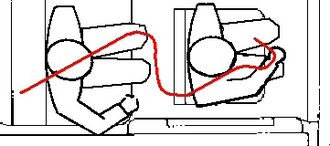
Second, several of the witnesses to the assassination stated that another bullet hit Governor John Connally after Kennedy had already been shot, disproving the single-bullet theory’s assertion that the same bullet hit Kennedy and Connally.
Even more telling, not a single witness testified or claimed that Kennedy and Connally were shot by the same bullet, as the Warren Commission had asserted. Connally himself became a fervent opponent of the single-bullet theory, testifying before the commission that he and his wife saw Kennedy get hit by a separate bullet before Connally himself was struck. Later in life, Connelly allegedly told journalist Doug Thompson off-the-record that he did not believe the findings of the Warren Commission.
Secrecy and Suppression of Evidence
The Warren Commission withheld large amounts of documentation used in its findings from the public, classifying it as secret. As these documents became declassified and released over the years, time and again, the evidence contrasts sharply with the commission’s conclusions. The commission probably knew that its findings were erroneous and specifically prevented the public from accessing much of the evidence that contradicted their report.
One of the most notorious examples of the Warren Commission suppressing evidence was their decision not to investigate an original transcript from a press conference at Parkland Hospital.
During this press conference, Dr. Malcolm Perry had stated that the gunshot wound to Kennedy’s neck came from in front of him, which would indicate a second shooter. However, upon being interviewed by counsel from the Warren Commission, Perry suspiciously recanted his previous statement, proclaiming that the newspapers had misquoted him.
Chief Justice Warren’s Relationship with the Kennedys
Further shrouding the commission in controversy was commission chairman Warren’s close relationship with the Kennedys, which provoked speculation that he wasn’t an impartial participant in the commission’s duties. Warren withheld key evidence from the commission, most notably Kennedy’s autopsy photos, and barred the commission from interviewing alleged associates of Oswald from Mexico. He also tried to prevent the commission from interviewing First Lady Jackie Kennedy, citing a desire not to violate her privacy.
Suspicious Factor #3 – Factors surrounding Lee Harvey Oswald
Most initial contemporary records and investigatory organizations portray the Kennedy assassination as the actions of one person, Lee Harvey Oswald, a deranged person with a difficult upbringing. His unstable mental state and low-luck life story supposedly drew him into a destructive pattern of behavior that eventually led to him assassinating the president. However, many facts about Oswald caste many doubts on the view that he acted alone.
Oswald’s Marksmanship and the Difficulty of the Shot
It is important to note that Oswald did have extensive shooting training as a Marine, although he didn’t necessarily distinguish himself as a great shot. During his training, Marines were given 3 different designations relating to their shooting abilities. The lowest level was designated as a marksman, the middle level was deemed a sharpshooter, and the highest level was classified as an expert. According to his military records, Oswald scored as a sharpshooter in a 1956 test but then dropped to a marksman level in a 1959 test, scoring a 191, just 1 point above the minimum requirement to pass the test.
These records would indicate that while Oswald’s shooting ability compared favorably with the average US citizen, it was rather pedestrian for military standards by the time of his discharge. Although Oswald was only about 90 yards away from the presidential limousine, a reasonable distance considering his training, he would have to hit a moving target at an angle, all while under intense pressure. Further complicating the shot was that a traffic light pole and an oak tree temporarily obstructed the target at different points.
While it may be reasonable to expect Oswald to hit his target once, expecting him to be able to hit his target two out of three times in six seconds under these circumstances seems very unlikely. Additionally, the FBI and US Army had their best marksmen simulate Oswald’s shot from the sixth floor of the Texas School Book Depository using the rifle found at the scene. None of the marksmen could duplicate Oswald’s supposed feat of hitting a target two times in three attempts in six seconds.
Brown Paper Bag
Oswald allegedly smuggled the rifle used in the crime into the Texas School Book Depository, where he was employed, using a brown paper bag found at the crime scene. Because one of the only actual pieces of evidence linking Oswald to the crime was his ownership of the rifle found at the shooting scene, identifying the method Oswald used to hide the gun was very important. However, testimony by witnesses quickly made it apparent that the brown paper bag found at the scene was most likely not used to hide the gun.
Only three individuals saw Oswald before work and during his arrival at work, Wesley Buell Frasier, a friend, and coworker of Oswald, who drove him to work. His sister Linnie Mae Randle met him before work, and a fellow employee, Jack Dougherty, saw him enter the building. Both Frasier and Randle stated that while Oswald did have a big with him as he went to work, it was much shorter than the bag found by the rifle. Dougherty noted that Oswald didn’t have anything in his hands as he entered the building.
The only credible explanation that could link the brown paper bag found at the scene to the rifle was that Oswald had used the wrapping table at the Texas School Book Depository to make the bag. Theoretically, Oswald could have made the bag and hidden the rifle in it earlier and then accessed it during the shooting. However, Oswald did not have access to the wrapping paper in his employment role, and this scenario seems very unlikely.
Testimony by Oswald’s Coworkers
Additional testimony by several employees at the Texas School Book Depository also cast huge doubts on whether Oswald committed the crime. Carolyn Arnold, a secretary, informed the FBI that Oswald was on the first floor at the time of the shooting. The testimony of two other employees also stated that Oswald was on the first floor between 12:20 and 12:25 pm, making the Warren Commission’s assertion that the shooter was on the sixth floor of the building before 12:15 pm seem highly unlikely.
Suspicious Factor #4 – Jack Ruby
Another factor in causing many individuals to believe that the Kennedy assassination was part of a broader conspiracy was the murder of Oswald by Jack Ruby two days later. Due to the many inconsistencies surrounding the narrative that he had acted alone, if Oswald had been able to live, his testimony may have pointed to a broader conspiracy. Oswald famously told the police, “I’m just a patsy,” while in custody, implying that he was being set up in a wider operation.
Oswald’s murder conveniently ended any possibility of him shedding light on a broader assassination operation involving other individuals or agencies. While Ruby claimed, among other things, that he killed Oswald because he was emotionally distraught and grief-stricken over the death of Kennedy, his ties to organized crime as a nightclub owner possibly point to a more sinister reason. Conveniently, the authorities portrayed Ruby as a lone deranged individual like Oswald and discounted any evidence linking Ruby to organized crime or any other type of conspiracy.
Assassination Suspect #1 – Military-Industrial Complex/Vietnam War
One of the most commonly held views regarding John F. Kennedy’s assassination is that government and military officials arranged his death because of his views on sending aid to Vietnam. Kennedy’s predecessor, Dwight Eisenhower, had warned the public about the influence of the military-industrial complex on foreign policy during his farewell speech to the nation. Although Kennedy initially approved sending troops to Vietnam, euphemistically referred to as military advisors, certain evidence indicates that he shared many of Eisenhower’s reservations.
Kennedy had reportedly told associates that he knew involvement in Vietnam was a mistake, but couldn’t give up the fight and expect to get re-elected in 1964. As a result, Kennedy seemed to endorse a more limited involvement plan in Vietnam, viewing the excursion as a short-term experiment rather than the decade-and-a-half-long conflict that it became. Kennedy instructed Secretary of Defense Robert McNamara to develop an appropriate withdrawal plan.
Officially, Kennedy’s policy for Vietnam centered around a tentative withdrawal of 1,000 US military personnel by the end of 1963 and a complete withdrawal of all US special assistance personal by the end of 1965. However, following Kennedy’s assassination, America’s involvement in Vietnam changed dramatically, shifting to a large-scale conflict by 1968 when nearly 550,000 American troops were involved. Many view President Kennedy’s assassination as the work of war hawks in the US government and military-industrial complex who wanted a major war with the Southeast Asian nation.
Assassination Suspect #2 – Left-Wing or Right-Wing Cuban Partisans
One of the most significant issues confronting the United States in the 1960s was the presence of a communist government in Cuba under the leadership of Fidel Castro. Having a communist government just 90 miles away from the United States was unacceptable in the eyes of many government officials and resulted in a planned coup of Castro’s government. Although planning began in the Eisenhower administration, Kennedy approved the execution of the plan to overthrow Castro on April 17, 1961.
Infamously known as the Bay of Pigs Invasion, the military coup was a complete disaster, resulting in the death or capture of most of the invading forces. Many theorized that the JFK assassination was a successful plot carried out by Fidel Castro in response to the Bay of Pigs Invasion and other hostile actions taken by the CIA against Castro. Lee Harvey Oswald’s support of the Cuban Communist regime helped to strengthen this theory, especially when it became public knowledge that Oswald had previously attempted to travel to Cuba.
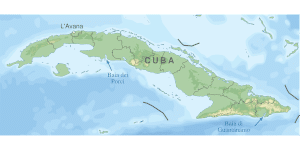
At the other end of the political spectrum, many right-wing, anti-Castro Cubans were furious at Kennedy for the Bay of Pigs failure. They blamed Kennedy for withholding vital military aid from the failed invasion, specifically air support, not wanting American involvement to be so obvious. As a result, some viewed the assassination not as an act by Castro but rather as a retaliation of anti-communist Cuban exiles who wanted greater support from the US government.
Assassination Suspect #3 – Organized Crime
Perhaps the most plausible conspiracy theory surrounding Kennedy’s assassination is the involvement of organized crime in the plot. Kennedy allegedly had many links with organized crime, specifically through his relationship with Frank Sinatra and other celebrities during the election of 1960.
Several high-level presidential campaign workers for Richard Nixon asserted that mob boss Sam Giancana was instrumental in Kennedy winning the election. Giancana held considerable sway in Chicago politics, and rumors persist that his assistance was instrumental in handing the crucial swing state of Illinois to Kennedy.
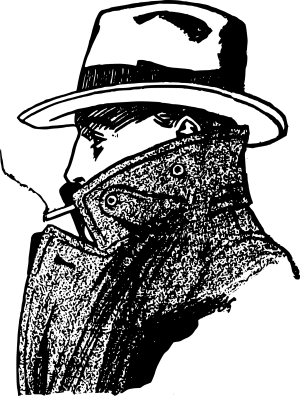
However, the Kennedy administration soon alienated much of the mafia by their crackdown on organized crime, spearheaded by the work of Kennedy’s brother, Bobby Kennedy, who was the attorney general. Bobby Kennedy sought to eliminate the mafia’s influence over powerful labor unions, specifically the influential Teamsters Union led by Jimmy Hoffa. Many mob bosses were infuriated by the supposed betrayal of John F. Kennedy, who they thought would turn a blind eye to most of their activities.
There is much support for the view that the assassination of Kennedy was the work of the mafia, who felt threatened by the policies of Attorney General Bobby Kennedy. Frank Ragano, attorney of Jimmy Hoffa, claimed that mob boss Santos Trafficante admitted to him that he had played a role in Kennedy’s assassination. The organized crime theory is relevant because nightclub owner Jack Ruby, who murdered Lee Harvey Oswald two days after Oswald shot Kennedy, also had ties to organized crime.
Assassination Suspect #4 – Vice President Lyndon Johnson
John F. Kennedy and Lyndon Johnson were bitter rivals within the Democratic Party who both sought their party’s nomination for president in 1960. Because Kennedy was relatively new to the political scene and Johnson was the influential majority leader of the Senate, most expected Johnson to become the nominee. However, Kennedy upset Johnson, making him his vice president, as he knew he needed Johnson’s support to win the presidency.
Unfortunately, the alliance between Kennedy and Johnson was a union of convenience, not conviction, and tensions continued to simmer during much of Kennedy’s administration. Aside from their rivalry, another major source of contention between them was Bobby Kennedy’s growing influence, who quickly became John F. Kennedy’s most trusted associate.
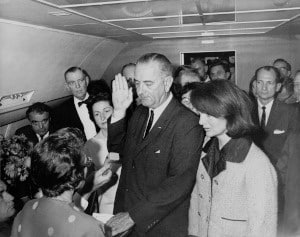
Bobby was viewed as the second-most-important person in Washington, D.C. The Kennedy family was positioning him as the natural successor to John F. Kennedy, a factor that infuriated Johnson.
A popular theory among certain individuals is that Johnson had Kennedy killed, viewing his death as the best way for him to become president. Johnson may have colluded with war hawks and other military leaders and Pentagon officials who were alarmed by Kennedy’s increasing preference for a more limited foreign policy. Once sworn into office, Johnson pursued a far more aggressive foreign policy, much more in tune with the goals of most active military leaders of the time.
Assassination Suspect #5 – J. Edgar Hoover
J. Edgar Hoover, the director of the FBI, famously did not get along with President Kennedy or the Kennedy family. Much of the conflict between them centered around rumors that Hoover was blackmailing Kennedy about his numerous affairs, specifically with Judith Campbell, the mistress of mob boss Sam Giancana. Evelyn Lincoln, the president’s secretary, also believed that Hoover had blackmailed Kennedy into making Lyndon Johnson vice president, based on conversations she overheard.
Hoover was 68 in 1963, and most top government officials in similar positions of leadership were required to retire once they reached the age of 70. Hoover wanted to keep his position as head of the FBI and knew that this was probably impossible with Kennedy as president due to their contentious relationship. Hoover had a much better relationship with Lyndon Johnson, and once Johnson took office, he let Hoover retain his position as FBI director until his death at 77 in 1972.
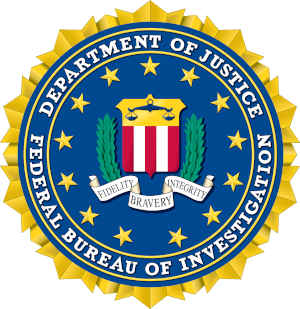
Some think that Hoover conspired with Vice President Johnson to orchestrate Kennedy’s death, while others believe that the FBI primarily worked with Oswald without directly informing Johnson of their intentions. Other factors that point to FBI involvement in the crime include the many ways they intentionally misled the Warren Commission. Specifically, the FBI downplayed that they had been monitoring Oswald for months before the assassination and that Oswald had left a threatening letter to an FBI agent at the agency’s office in Dallas.
Assassination Suspect #6 – CIA
The CIA was a relatively new government agency at the time of the Kennedy assassination, established by Harry Truman in 1947, just 16 years earlier. However, many individuals expressed fears about the ethics and legality of the organization’s actions, including Kennedy. Kennedy had been hesitant to commit to the Bay of Pigs Invasion, questioning its viability and refusing to commit large amounts of US military personnel to the operation, further alienating his relationship with the agency.
Kennedy rejected different CIA-proposed operations, most famously the Operation Northwoods program, a controversial and ultimately illegal program where the CIA proposed to commit acts of terrorism against American citizens.
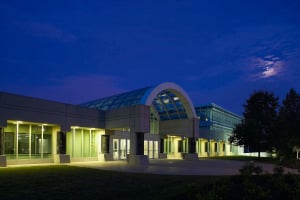
The CIA also preferred a more active foreign policy of aggression against communist governments and forces worldwide than Kennedy seemed willing to endorse. While Kennedy didn’t publicly condemn the CIA or advocate its dissolution, privately, it was reported that he hated the agency and wanted it disbanded.
Some advocate that Kennedy’s sharp disagreements with the agency led to his assassination by the CIA, who persuaded Oswald to perform the act in conjunction with other CIA operatives. Many identify the three tramps – famously photographed near the Texas School Book Depository – that were detained and questioned by police as CIA operatives involved in the assassination.
Assassination Suspect #7 – The Federal Reserve
A less popular conspiracy theory surrounding Kennedy’s assassination is that the Federal Reserve was involved. The Federal Reserve is a private financial institution directly involved in setting interest rates and generating the supply of money available in the American economy. Because the Federal Reserve board members earn income from the interest on US debt, they have a direct stake in the financial policies endorsed by the US government.
Kennedy issued Executive Order 11110 in June 1963, which created 4 billion dollars of currency backed by silver. While this policy would have helped reduce the national debt, it took power away from the Federal Reserve, which derives its influence from issuing interest-bearing currency backed by debt. Giving credence to this theory is that Lyndon Johnson recalled Executive Order 11110 soon after he took office, signaling the resumption of traditional debt-based currency practices preferred by the Federal Reserve.

Get Smarter on US News, History, and the Constitution
Join the thousands of fellow patriots who rely on our 5-minute newsletter to stay informed on the key events and trends that shaped our nation's past and continue to shape its present.
Assassination Suspect #8 – Dallas Far-Right Extremists
The 1960s were a very politically polarized time, with serious conflicts over Civil Rights, Communism, and the Cold War threatening to tear the country apart. Dallas, in particular, was an epicenter for politically charged right-wing rhetoric and activity, with much of the city’s partisans bitterly opposing Kennedy, viewing him as a communist sympathizer. Famously, the Dallas Morning News published an advertisement by the John Birch Society, a far-right group, berating Kennedy for supposedly abandoning the Monroe Doctrine in favor of Moscow.
As a result, many top officials in Kennedy’s administration and Texas Governor John Connally were nervous about the reception he was going to receive in Dallas. Upon receiving a much more positive reception from the crowd than expected, Governor Connally’s wife Nellie famously remarked to President Kennedy, “Mr. President, you can’t say Dallas doesn’t love you,” with Kennedy responding, “No, you certainly can’t.”
Seconds later, Kennedy was shot, and the previous exchange became the last recorded conversation of the president’s life.
Although Oswald was a communist sympathizer, theoretically on the same political aisle that the John Birch Society accused Kennedy of being on, many still thought right-wing extremists were involved. A few years after the assassination, New Orleans District Attorney Jim Garrison accused businessman Clay Shaw of heading a group of right-wing political activists that conspired to assassinate Kennedy. Shaw himself was acquitted of all charges related to Garrison’s accusation, but the trial of Shaw reinforced the thought that domestic political forces were involved.
Assassination Suspect #9 – Government UFO Cover-up
One of the more outlandish theories surrounding the assassination is that it was a concerted government effort to cover up discoveries relating to UFOs. The genesis of this theory revolved around President Kennedy requesting a review of all files related to UFOs in early November 1963, shortly before his death. Adding a little relevance to this theory was the fact that Kennedy had requested the files in conjunction with an effort to jumpstart a US-Soviet space operation.
Kennedy had serious concerns about the USSR authorities mistaking UFOs for US spy planes, potentially sparking hostilities between the two countries. Additional rumors originating from Area 51 and other sites have led some to view the Kennedy assassination as an effort by the US government to prevent the circulation of UFO discoveries to the general public. Other assertions claim that many American intelligence agencies were not happy sharing UFO information with the Soviets.
